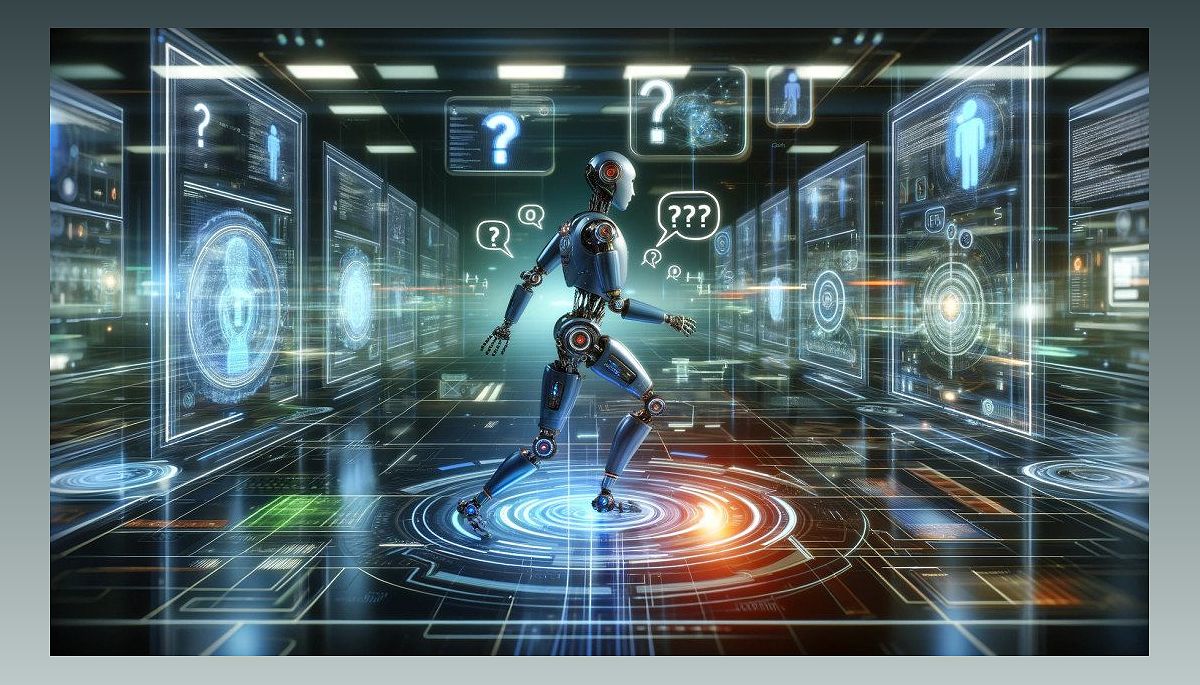In the evolving world of robotics, engineers from Princeton University and Google have made a significant breakthrough. They have developed a method that teaches robots how to recognize when they need help and how to ask for it. This advancement bridges the gap between autonomous functioning and human-robot interaction, paving the way for more intelligent and independent robots. In this article, we will explore the challenges faced by robots in understanding human language, the innovative approach taken by the Princeton and Google team, and the practical implications of this research. Get ready to delve into the fascinating world of robotics and language processing!
The Challenge of Human Language
Understanding the complexities of human language has always been a hurdle for robots.
Human language is filled with nuances and subtleties, making it difficult for robots to comprehend. Unlike computer codes, which are precise and unambiguous, human language poses challenges due to its inherent ambiguity.
For example, a simple command like 'pick up the bowl' can become complex when there are multiple bowls present. Robots equipped with language processing capabilities often struggle with such linguistic uncertainties.
To address this challenge, engineers from Princeton University and Google have developed a novel approach that quantifies the uncertainty in human language. This technique measures the level of uncertainty in language commands and uses it to guide robot actions.
By understanding the challenges robots face in comprehending human language, we can appreciate the significance of this innovative approach.
Bridging the Gap: Teaching Robots to Ask for Help
Discover how robots are now capable of recognizing when they need assistance and how to seek it.
The breakthrough development by the Princeton and Google team bridges the gap between autonomous functioning and human-robot interaction. It enables robots to go beyond their predefined capabilities and actively seek help when required.
This method involves integrating large language models (LLMs) to process and interpret human language. LLMs help robots evaluate and measure the uncertainty present in commands, allowing them to ask for clarification when needed.
Through various tests, including scenarios like sorting objects and navigating real-world challenges, robots have successfully used quantified uncertainty to make decisions or seek clarification. This advancement not only enhances robots' understanding of language but also improves their safety and efficiency in task execution.
With this breakthrough, robots are now capable of recognizing their limitations and seeking assistance, making them more adaptable and efficient in human environments.
The Role of Large Language Models (LLMs)
Explore how large language models play a crucial role in improving robots' language understanding.
Large language models (LLMs) are instrumental in the approach developed by the Princeton and Google team. These models are used to process and interpret human language, enabling robots to evaluate and measure the uncertainty present in commands.
However, relying solely on LLMs can be unreliable, as their outputs may not always be accurate. Therefore, a balanced approach is necessary, where LLMs are used as tools for guidance rather than making infallible decisions.
The integration of LLMs enhances robots' ability to understand language and make informed decisions. By combining vision and language information, robots can perform tasks with higher accuracy and navigate the world with human-like understanding.
Let's dive deeper into the role of large language models and their impact on robotics and artificial intelligence.
Practical Applications and Future Implications
Discover the practicality and potential of this method in various scenarios and its future implications.
The practicality of this method has been tested in various scenarios, showcasing its versatility and effectiveness. For example, a test involved a robotic arm sorting toy food items into different categories, demonstrating the robot's ability to navigate tasks with clear choices.
In another experiment, a robotic arm mounted on a wheeled platform in an office kitchen faced real-world challenges, such as identifying the correct item to place in a microwave when presented with multiple options. The robot successfully used quantified uncertainty to make decisions or seek clarification, validating the practical utility of this method.
Looking ahead, the implications of this research extend beyond current applications. The team is exploring how this approach can be applied to more complex problems in robot perception and AI, where robots need to combine vision and language information to make decisions.
The ultimate goal is to enhance robots' ability to perform tasks with higher accuracy and navigate the world with human-like understanding. This research could lead to more efficient, safer, and better-adapted robots in human environments.

